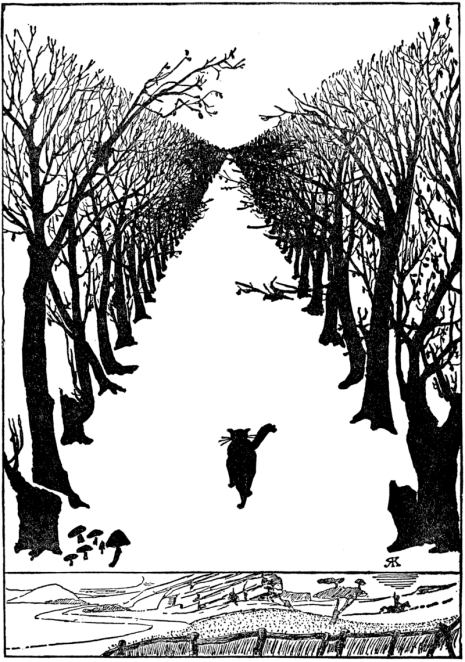
Illustration notes—the bane of a writer’s existence. There are so many conflicting opinions about illustration notes, it’s hard to know where to begin. First off, an illustration note is a quick description of what the author envisions at a certain point in the story. The notes are intended to stand in place of an illustration that might be needed in order for the reader to understand what the author intended.
An illustration note is not a play-by-play of how the author sees the characters, settings, and scenery of the story.
Here’s an example using Where the Wild Things Are:

“The night Max wore his wolf suit and made mischief of one kind …” [Art: Max is wearing a white wolf suit with buttons down the front and is nailing a line of tied-up clothes to his bedroom wall.]
That is a bad—scold it and send it to time out—illustration note. In fact, you DO NOT need an illustration note for that line at all. It’s perfectly fine just the way it is.
For the rest of the article, please see my site at: https://johnelldewitt.com/2017/03/31/illustration-notes-to-include-or-not-to-include/

